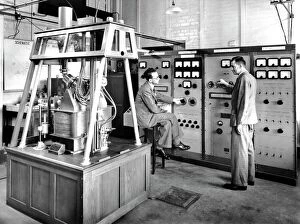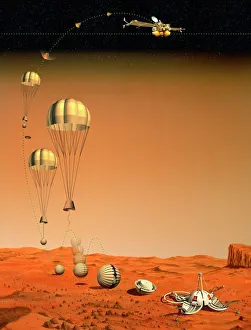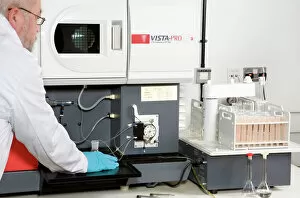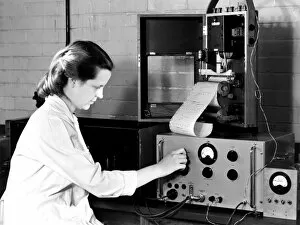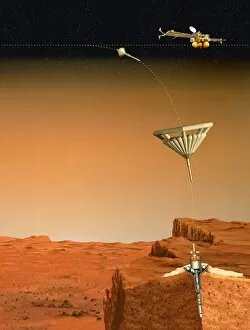Chemical Composition Collection
Discovering the Elemental Secrets of the Cosmos: A Journey from 1954 Mass Spectrometers to Mars 96 In the realm of scientific exploration
All Professionally Made to Order for Quick Shipping
Discovering the Elemental Secrets of the Cosmos: A Journey from 1954 Mass Spectrometers to Mars 96 In the realm of scientific exploration, the quest for understanding the chemical composition of our universe has been a captivating pursuit. From the inception of mass spectrometry in 1954, which revolutionized elemental analysis, to the artistic renditions of Mars 96 surface station and its penetrator, our curiosity about the unknown has led us to new heights. Mass spectrometry, a technique that separates and measures the mass-to-charge ratio of ions, was a game-changer in the field of chemistry. It allowed scientists to identify and quantify elements in various samples, paving the way for groundbreaking discoveries. Fast forward to the Mars 96 mission, where the fusion of art and science came together in the form of intriguing artwork depicting the surface station and its penetrator. This mission aimed to explore the Red Planet's geology and search for water, providing valuable insights into the history of Mars. The Mars 96 penetrator, a key component of the mission, was designed to analyze the Martian soil and rock samples using an infrared spectrometer, another essential tool in the world of chemistry. Infrared spectroscopy, developed in 1954, is a non-destructive technique used to identify and study the molecular composition of materials by measuring the infrared radiation they absorb. As we continue to explore the cosmos, the importance of understanding the chemical composition of planets, stars, and other celestial bodies cannot be overstated. The fusion of scientific advancements, artistic expression, and the insatiable human curiosity for discovery will undoubtedly lead to awe-inspiring revelations about our universe.

